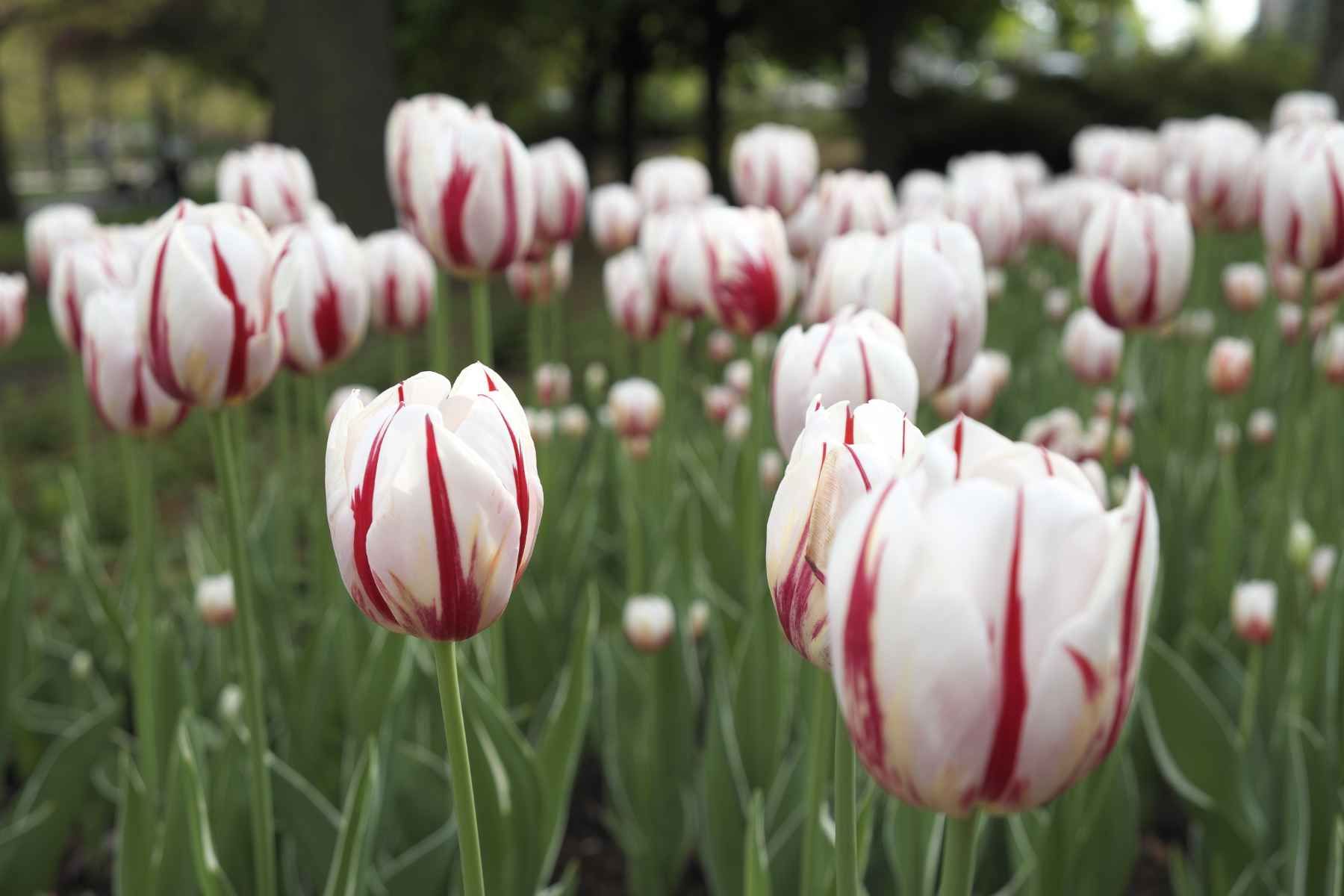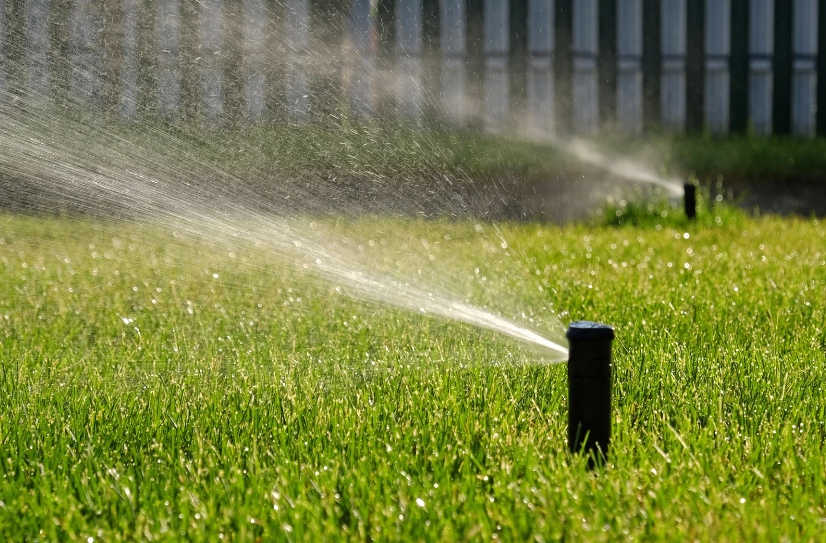
With our picturesque landscapes and vibrant community, Milton is a city that takes pride in its green spaces. A lush, healthy lawn not only adds curb appeal to your home but also contributes to the overall beauty of your neighborhood and our city as a whole. To help you maintain a thriving lawn throughout the year, here are some seasonal care tips tailored specifically for Milton's climate and soil conditions. Spring: Preparing for Growth As the weather warms up and nature comes back to life, spring is the perfect time to kickstart your lawn care routine. Start by raking away any debris and thatch that may have accumulated over the winter months. Aeration is also beneficial during this time to alleviate soil compaction and promote better nutrient absorption. Once your lawn is prepped, it's time to overseed any bare or thin patches to encourage new growth and fill in gaps. Choose grass seed varieties that are well-suited to our climate, such as Kentucky bluegrass or perennial ryegrass. Fertilizing in the spring provides essential nutrients for grass growth and development. Look for a slow-release fertilizer with a balanced NPK ratio (nitrogen, phosphorus, and potassium) to promote steady, healthy growth without excessive flushes that can lead to mowing headaches. Summer: Hydration and Maintenance Summer can bring warm temperatures and occasional dry spells, making proper hydration essential for a thriving lawn. Deep, infrequent watering is preferable to frequent shallow watering as it encourages deep root growth and drought tolerance. Aim to water your lawn early in the morning to minimize evaporation and fungal diseases. Regular mowing is key to maintaining a healthy lawn during the summer months. Adjust your mower height to leave grass blades around 2.5 to 3 inches tall, which helps shade the soil, retain moisture, and prevent weed growth. Leave grass clippings on the lawn so that as they decompose they will return valuable nutrients to the soil. Keep an eye out for common summer lawn pests and diseases such as grubs, chinch bugs, and brown patch fungus. Early detection and intervention are crucial to preventing widespread damage to your lawn. Fall: Prep for Winter As temperatures begin to cool, it's time to prepare your lawn for the winter ahead. Continue regular mowing as needed, gradually lowering the mower height to around 2 inches for the final cut of the season. This helps prevent matting and snow mold during the winter months. Fall is also an ideal time for core aeration and overseeding to repair any damage accumulated over the summer and encourage strong root growth before winter sets in. Apply a fall fertilizer high in potassium to promote root development and winter hardiness. Winter: Minimal Maintenance While winter may bring snow and cold temperatures, there are still some maintenance tasks you can do to ensure your lawn's health come spring. Avoid walking on frozen grass to prevent compaction, and promptly remove any snow or ice buildup to prevent suffocation and disease. By following these seasonal lawn care tips, you can enjoy a lush, healthy lawn year-round that enhances the beauty of your home and contributes to the overall greenery of our city. Don't forget to reach out to your local lawn care experts with any questions you might have or to get a helping hand with any of these seasonal lawn care tasks. Happy lawn tending!
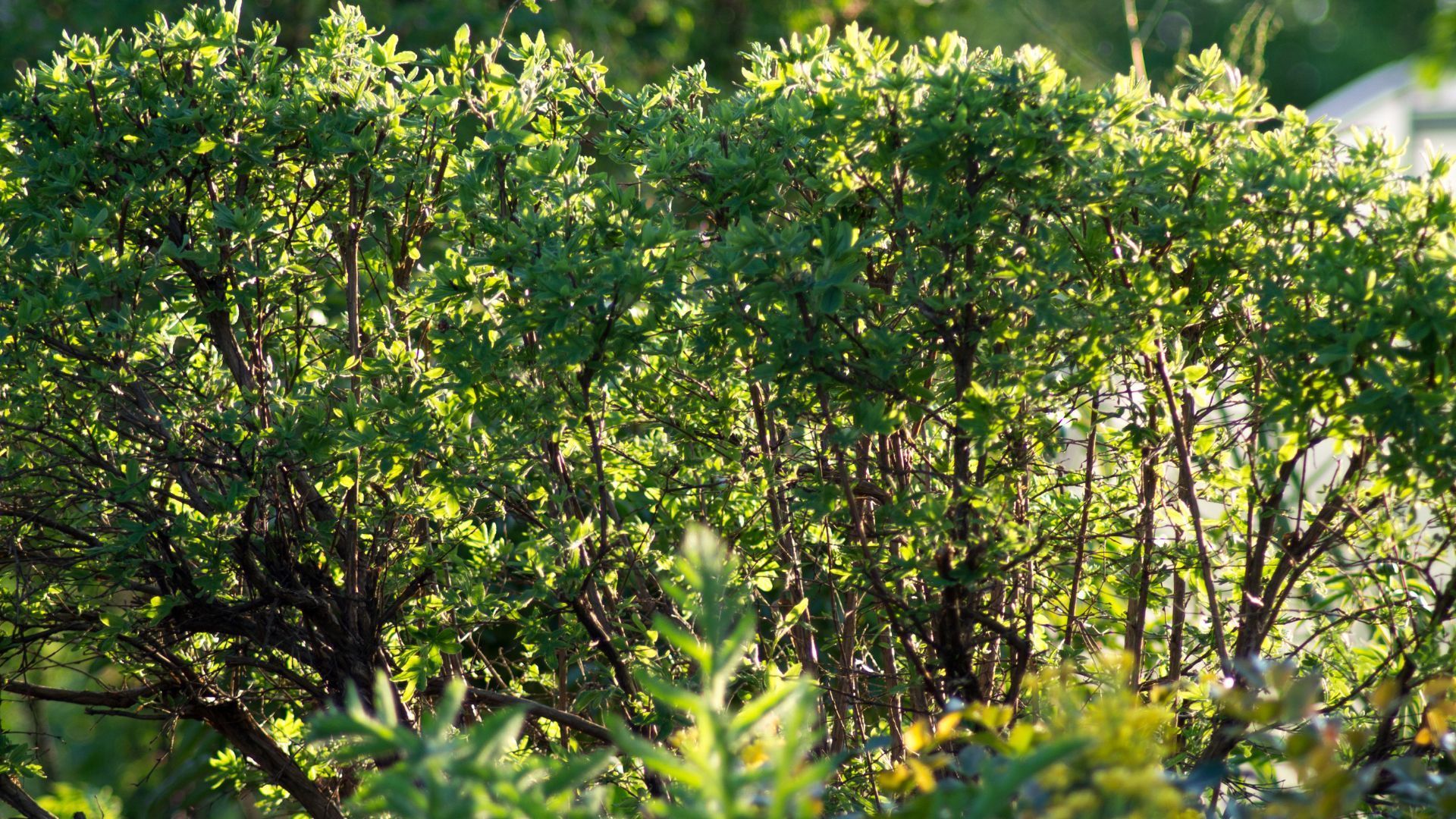
Native plants provide many benefits for your landscape - they require less care (as they are already accustomed to growing in our climate), they are hardier and generally flourish more readily than non-native plants, and they pose no threat of invasion. Using native species of plants doesn’t mean you have to sacrifice on visual appeal, either! Milton is home to a wide variety of trees, shrubs, flowers, and groundcovers that can give you a beautiful and diverse landscape. Trees Dozens of tree species are native to Milton. If you are looking for a large shade tree as a centerpiece for your landscape, we recommend the wetland loving silver maple or the shagbark hickory with its unique bark and edible nuts. If you don’t have space for such a large tree, you can add a splash of color with the small but vibrant redbud. White pine or white cedar will give you year-round color (and a white pine will make decorating for the winter holidays a cinch!). Shrubs Dogwood is one of the most popular native landscaping shrubs in Milton - it has great seasonal color in its flowers, leaves, and even its branches. American hazelnut also provides plenty of autumn color in addition to the edible nuts it produces and the butterflies it attracts. If you want truly unique blooms, we suggest one of the many varieties of native honeysuckle bushes. Honeysuckle flowers come in many colors and are also great at attracting birds and pollinators to your garden. Flowers Looking for lots of color? The many-flowered yarrow lives up to its name. With many colors of flowers to choose from and virtually no care required, this perennial flower will spruce up your garden year after year. Many varieties of hyssop are also native to Ontario - lavender and purple giant will produce tall, conical purple blooms, while yellow giant brings a more subdued look with its white blooms. Asters come in many colors as well and look more like traditional flowers, and orchids will give you a small tower decorated with dozens of individual flowers. Milkweed is adored by butterflies, and there are even a couple species of sunflower that are native to Milton! Groundcover Once you have selected your larger plants, it is time to fill in the space between! We often recommend Canada anemone for its fast growth and long-lasting white flowers; bearberry is slower growing, but it is evergreen and its red berries look great in the snow. Silverweed is both drought tolerant and great at preventing erosion, while oak sedge looks almost like grass - except it produces blooms in the spring. Golden ragwort produces yellow flowers in the summer and is extremely adaptable; blue violet blooms in purple and can tolerate moderate foot traffic. Ostrich fern is our go-to for shaded areas that stay relatively moist, while areas with no shade and sandy or rocky, dry soil can be covered with the unique leaves of creeping juniper. These are a few of our favorite native plants, but Milton has much, much more to offer. Give us a call today to start designing your native landscape!
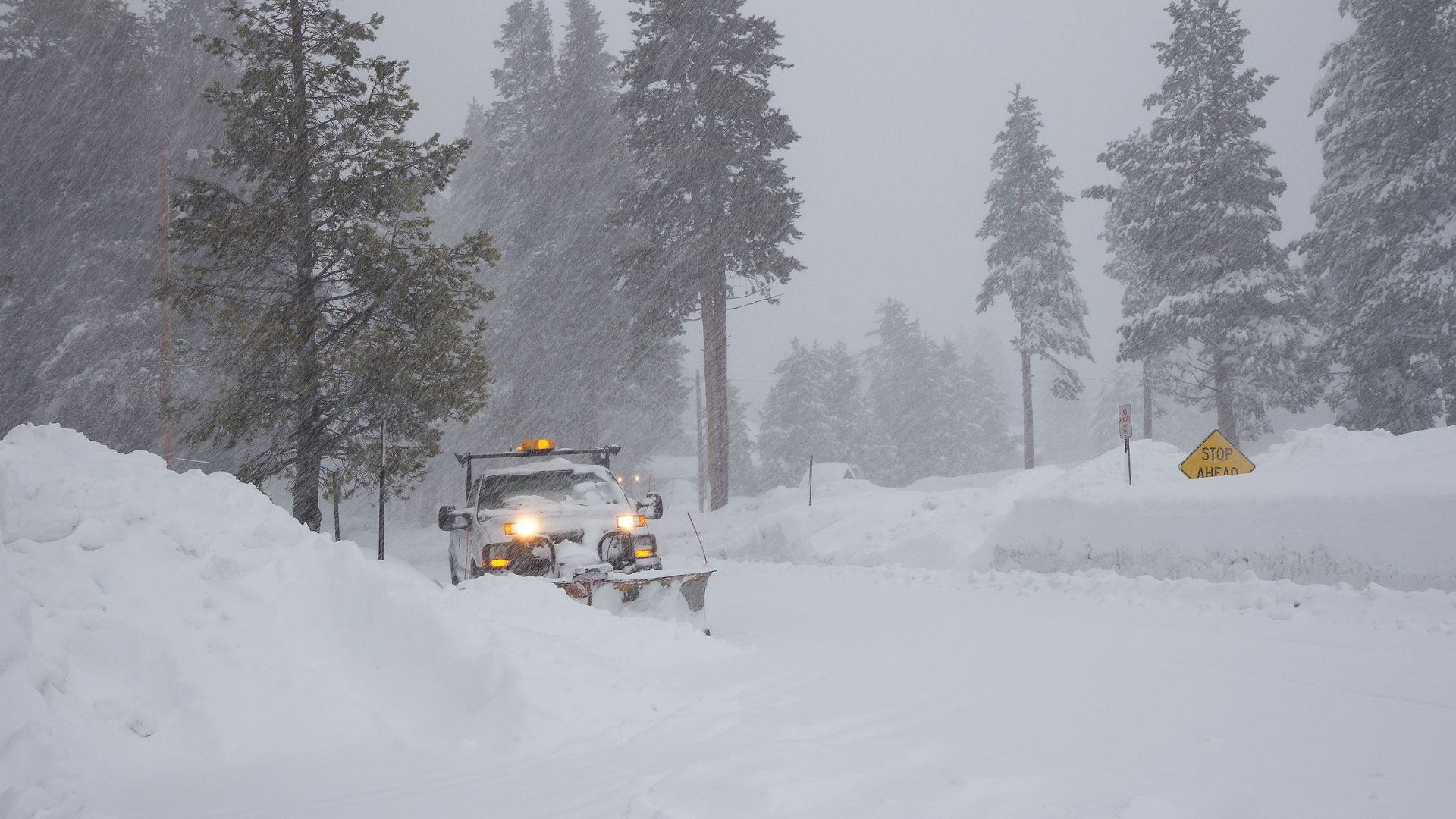
Snow is one of the many fun and beautiful parts of living in Milton. For three or four months every year we can count on several good blankets of snow to sled on, and many mornings greet us with a bright layer of fresh snow to admire as we make our morning tea. That same snow is much less enjoyable when we have to drive to work, run errands, or even simply take our garbage bins to the street. Once the snow has melted a bit and frozen over, it is more than just a nuisance - it can be dangerous. This leaves every resident of Milton with a choice - shovel the snow from your property yourself, or hire a professional. While removing your own snow is obviously the less expensive option, there are a few great reasons why employing a snow removal company is well worth the cost: Safety Accumulated snow is heavy, and any amount of ice on the ground or above you can be dangerous. Our technicians are trained and properly equipped to remove even the slickest ice and thickest snow safely and efficiently. We can also assess potential hazards (such as overburdened tree limbs) and remove the threat before any damage or harm is done. Simplicity Shoveling snow is hard work. Even if you welcome the first snowfall of the year as motivation to go outside and burn a few calories, you will probably not be nearly as excited about the fifth or sixth snowfall in two months. Instead of having to get up early and shovel snow before you go to work yourself, let us simplify your day by taking care of your snow removal before you step out of your front door. Stunning Results No matter how hard you work, a simple snow shovel will never completely clear all of the snow from your walkways, porch, and driveway. Professional snow removal equipment, on the other hand, can remove nearly all of the snow from these surfaces, giving your property a clean, well-maintained appearance. We also complete each job in one session, so you will never have a half-shoveled driveway or snow drifts left at the edge of your porch. Benefits of Commercial Snow Removal If you own a business or manage a multi-tenant property, professional snow removal is especially important. In addition to the benefits we just mentioned, having your property professionally treated after a snowfall can reduce liability, attract customers, and even save you money. A well-cleared parking lot can make the difference between potential customers stopping at your business or continuing to drive until they find somewhere that is more welcoming. It also greatly reduces the likelihood of your employees and clients slipping and falling while they are on your property, saving you from both legal liability and bad press. It can even save you money by reducing labor hours (not to mention keeping your employees happier!). Whatever type of property you own or rent, don’t let snow removal become a burden. Call us today for a free quote, then enjoy the winter without worrying about shoveling snow all season long!
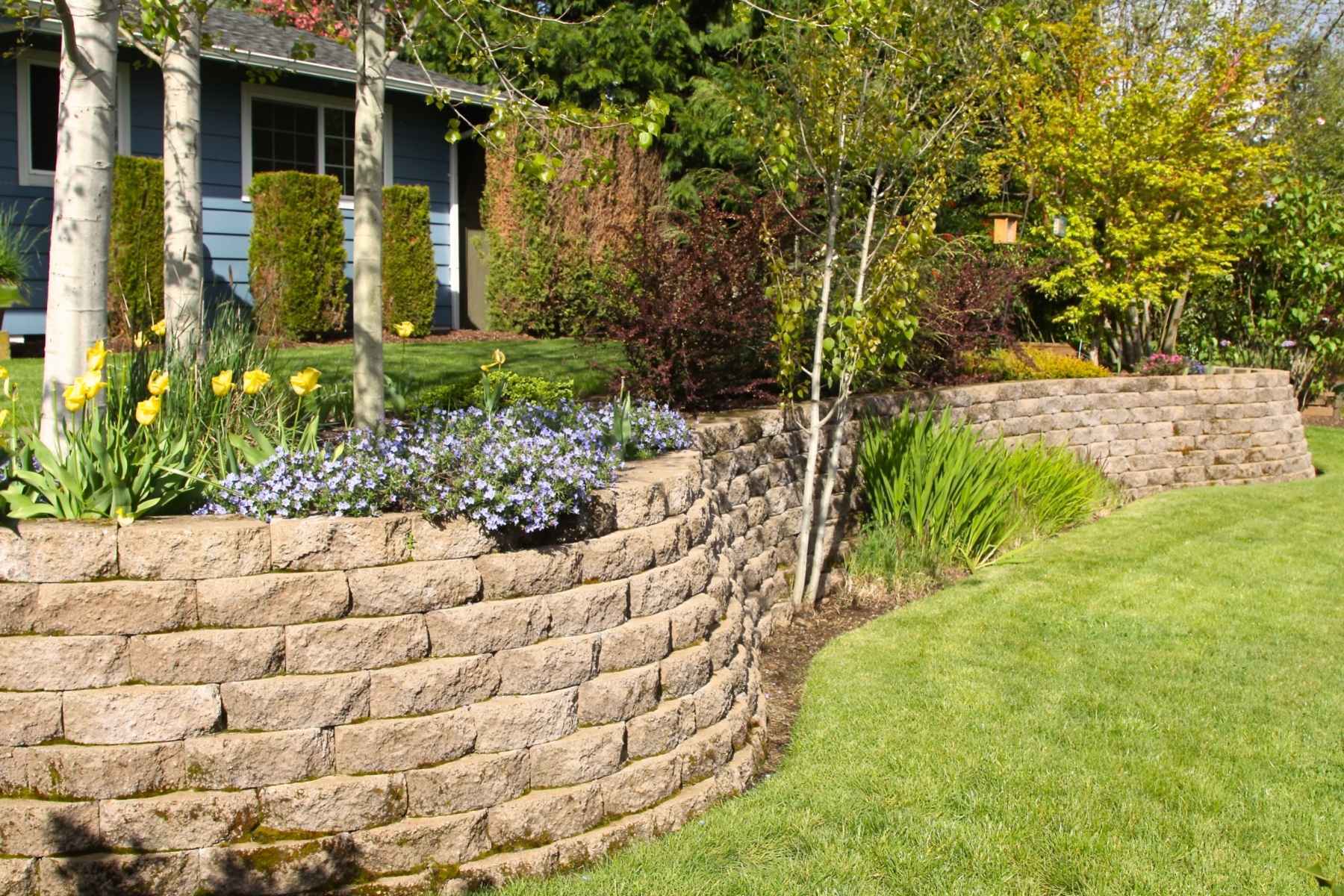
How do you know if you need a retaining wall? You may secure your property safe in a number of different ways, one of which is by constructing a retaining wall. Not only does it improve the aesthetics of the area, but it also serves as a protective and helps to prevent potentially dangerous flooding, earthquakes, and erosion. In order to take your landscaping to the next stage, you will need to search for unique and interesting ways to improve it. Here are ways to know if you need a retaining wall: High potential for soil erosion Do you live in an area that requires the management of downhill erosion, or do you want to reduce soil erosion? If that’s the case, you probably need one. The construction of retaining walls is done to prevent potentially catastrophic events, such as dirt or soil sliding down and out from under a house. Strong winds in your region at this time If you reside in a location that experiences a lot of wind, certain parts of your property may be more prone to having dirt erode away. This is especially important to keep in mind if the soil in your garden is dry. Your topsoil can be actually blown away by high-velocity winds that pass through the area. The best option to shield your soil from the wind is to construct a retaining wall on your property. You are concerned about the structure of your building Your land is susceptible to erosion if you do not have a retaining wall, which is something that you do not want to occur. However, it can also damage your groundwork because soil erosion affects soil both close to the surface and deep below it. This means that the soil around your foundation could become damaged. There may be gaps on your land as a result of soil erosion, which might put the sustainability of your property at risk. In addition to this, the spaces allow water to enter, which can lead to other problems in the foundation of your home. Enhance the natural attractiveness of your land Constructing a retaining wall around your property is an excellent way to divide the space imaginatively. You might also construct a retaining wall around your property if you want your house to look more attractive. You have a variety of choices available to you when it comes to the design of the retaining wall, such as walls made of timber, walls made of natural stone, or a wall made of concrete. You reside on an unstable land Even if your property does not sit on a slope, you should still give some thought to the possibility of building a retaining wall. It is very helpful to have a retaining wall if you live on top of a mountain since it will assist level your land and divide it into several pieces that can be terraced. An investment in a retaining wall could be a wise choice because it could provide you with an additional ground level. Having retaining walls on your property enables you to have multiple soil levels at varying heights. It is possible that a retaining wall that’s been built correctly is the solution to your desire for a roadway, garage, or terrace. With the assistance of the retaining wall, you may level the top of the hill so that it forms a plateau instead.
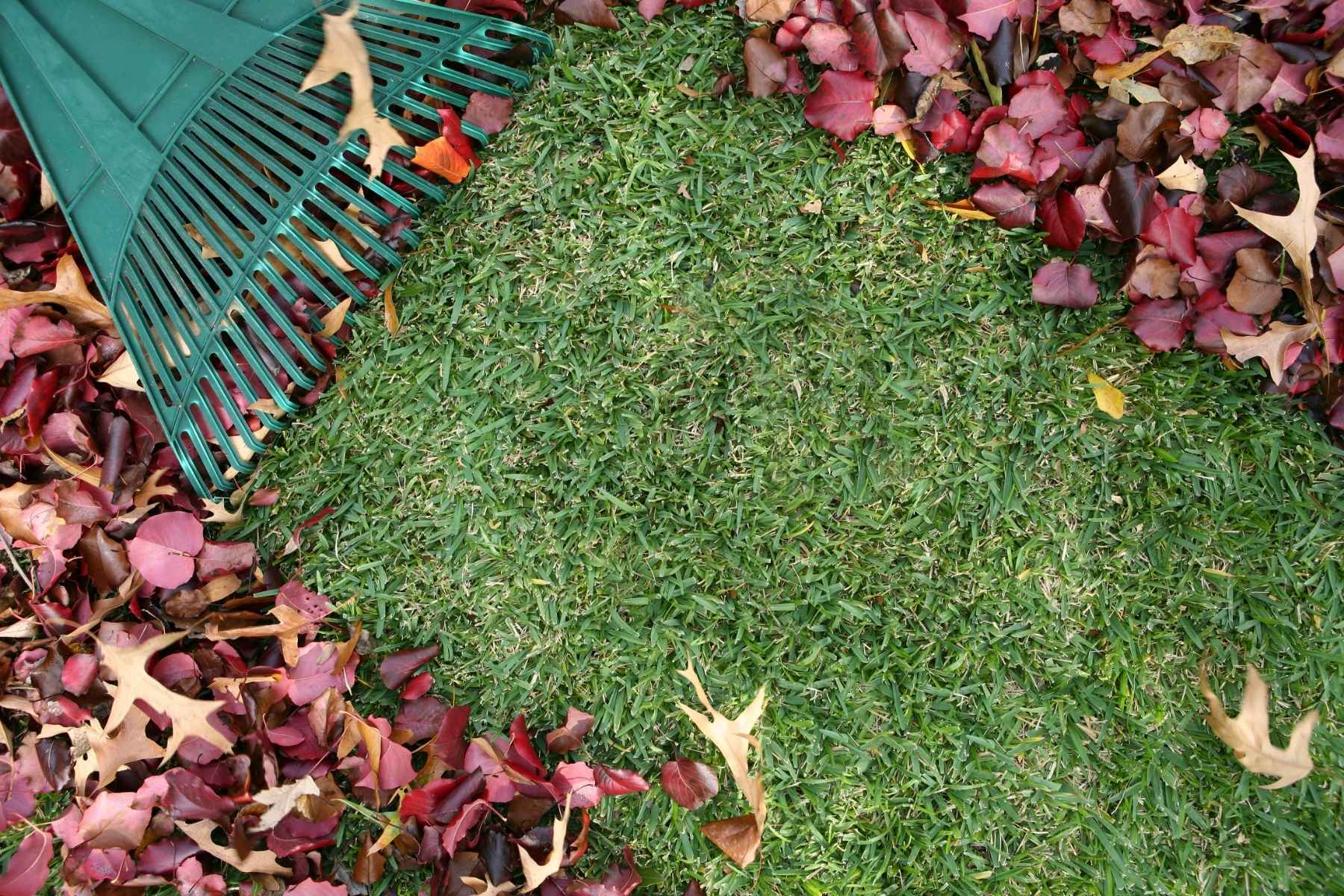
When should power raking be done? A machine called a power rake employs blades that are comparable to those found on a rototiller in order to remove debris and thatch that can accumulate on a lawn. When compared to dethatching, power raking is more delicate because it only removes material from the soil level. Waste is removed without causing any harm to the healthy grass below, allowing for a more successful recovery, as just the thatch layer is specifically aimed. When you remove this thatch layer, your lawn will be able to breathe easier and root deeper as a result. Power raking period If the thatch is more than half an inch thick, you might want to think about using power raking. Collect a representative sample of the grass and soil from your yard using a core sample. Take a reading of the organic matter that is located on the top layer of the soil. It should not be more than half an inch. Check the build-up in multiple locations of your grass because it can be inconsistent. If there is an excessive amount of dead material, also known as thatch, that has gathered on your lawn, it can restrict the grass of air and make the grass more susceptible to disease and insects. In order to clear debris, power raking makes use of a specialized mower that has vertical teeth positioned on a horizontal roller. When you should perform power raking on your lawn is dependent on a number of factors, including the type of grass on your lawn, the quantity of thatch that has developed, and the weather. In the spring, thatch that has accumulated over the previous winter is removed from the turf by means of power raking. The surface of the turf is opened up by power raking, but it also has the potential to damage some areas of the lawn. Because of this, combining power raking with over seeding, which can fix the problems, is an effective strategy that should be followed. The use of a power rake in the early spring provides the seeds with sufficient time to become established and begin growing before the onset of the hot, dry summer months. When it comes to dethatching a lawn, power rakes are by far the most effective tool. A power rake is a piece of machinery that can also be referred to as a vertical mower. It consists of a set of vertical knives or tines that are designed to statically scrounge the thatch out of a lawn. You can adjust the power rake so that it takes away some of the surface soil in addition to the thatch while it works. When a lawn is dethatched, a significant amount of plant debris is produced. This plant debris can be mulched and put to be used as a soil conditioner. Before the grass starts to green up in the spring or late winter, most lawns should be given a power raking at this time of year. It is best to use a power rake on grasses that grow throughout the cool season, such as bluegrass, in the beginning of fall. Beyond those times, using a power rake might potentially cause damage to your lawn by uprooting living turf while it is still in the growth stage.
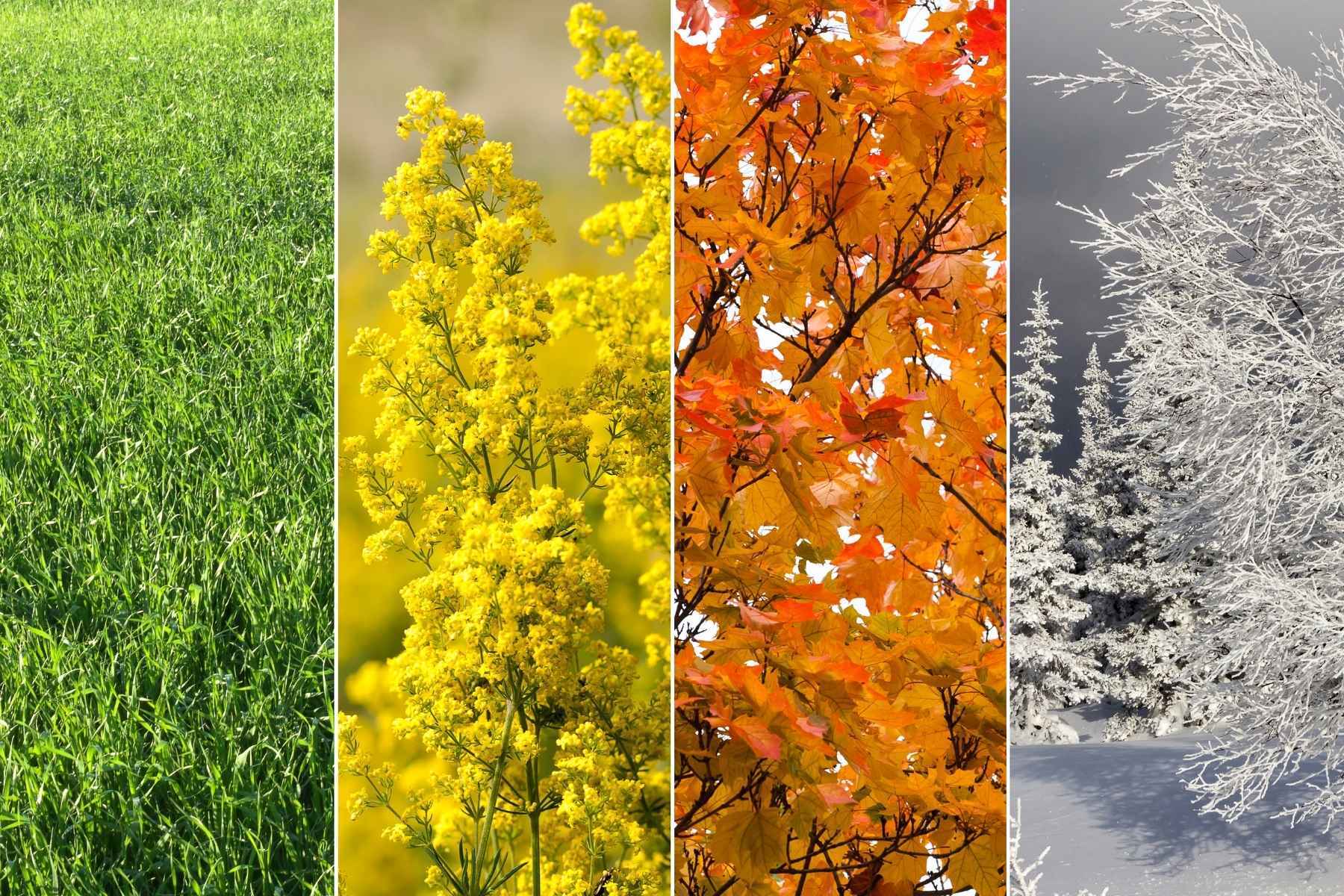
It is difficult to pinpoint exactly when the season for landscaping begins; however, the time of year when most people begin to think about it is when the temperature begins to rise in the spring. That equates for many people to the end of March or the beginning of April. When this happens, the snow will begin to melt, and the days will start getting longer. It is also a right time to try considering getting your yard ready for the summertime activities that it will host. The period of time during which landscaping is most likely to be carried out successfully and yield the desired outcomes is referred to as the "landscaping season." Why is it essential to select the appropriate landscaping season to start? It is extremely vital to do the correct things at the appropriate time. If you are not completing the landscaping at the proper season then it will cost you a tremendous monetary loss, labor, and time. In every season, maintenance and measures to be undertaken for landscaping is unique for each season. Landscaping season The fall season is the perfect time to wind things up, put away any apparatus used for pond care, and get ready for the colder, drier winter months. This enables you to start making preparations for the next fall, winter, and summer seasons as soon as spring arrives. Then, as spring progresses, you will be able to make some little adjustments to your plants and grass. The beginning of spring is the best time to grow flowers and other types of plants. Before you can begin, you need to make sure that the freeze-thaw cycle that occurs over the winter hasn't driven any plants out of the ground. The spring is also the time to make preparations for the sweltering heat of the summer. Depending on the kinds of plants that you have, your trees, grass, and shrubs will all require soil that is capable of keeping water. The warm weather of summer makes it easy for water to evaporate or be lost to outflow. The most difficult season for the landscape to maintain is winter. Taking additional precautions throughout the winter is very vital if you do not want your garden and landscaping to be completely destroyed. Even if it's chilly outside, you shouldn't neglect your yard or landscaping just because the weather is chilly. The winter months are an ideal time to make plans for and perform maintenance on certain aspects of your landscape. The seasons you observe for your landscaping will fluctuate according to the sort of landscape you have. If you are the sort of customer that is just interested in gravel and yucca, then your landscaping season will be much shorter. On the other hand, if you like the serenity of the woods and the lushness of the vegetation within, you will need to give some thought and planning to your trees. Even though fall is a better season overall for landscaping, you really have to take additional precautions at this time of year.

